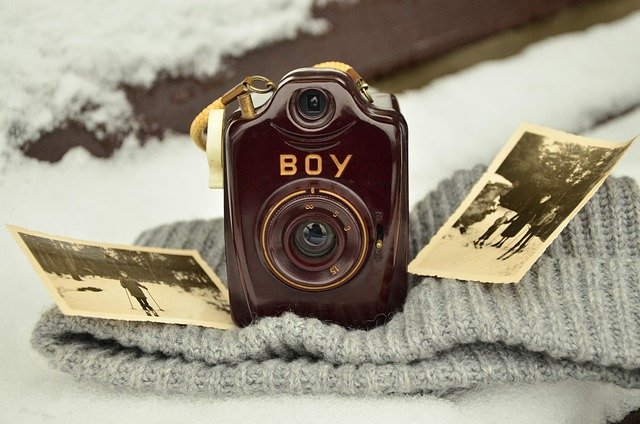Collectibles: Guide to Vintage, Antiques, Toys, and Electronics
Collecting items can combine history, design, and personal interest into a rewarding hobby or side market. Whether you’re drawn to vintage clothing, antiques with documented provenance, nostalgic toys, or retro electronics, understanding how to identify, preserve, and evaluate pieces helps you make informed choices. This guide explains practical steps for researching items, assessing condition and authenticity, and finding reliable channels to buy, sell, or appraise collectibles.

What counts as collectibles?
Collectibles are objects acquired for their historical, sentimental, or market value rather than everyday use. Common categories include vintage clothing, limited-run items, antiques that are typically over a century old, toys from specific eras or manufacturers, and electronics like early consoles or Hi-Fi equipment. Value depends on rarity, condition, provenance, and demand. Keep clear records—photos, receipts, and known history can materially affect a piece’s appeal to other collectors or appraisers.
How to evaluate vintage items
Evaluating vintage pieces begins with a close inspection for condition, maker’s marks, and period-appropriate construction techniques. For clothing or textiles, check seams, labels, fabric type, and any repairs. For furniture or decorative objects, look for joinery, hardware, and signs of restoration. Reference guides, auction archives, and collector forums help establish typical features from specific decades. Documenting wear patterns and any alterations is essential because “original condition” often commands a premium in the vintage market.
How to identify antiques
Antiques generally refer to items of a certain age—often 100 years or more—but definition varies by context. Identification relies on materials, craftsmanship, maker signatures, and stylistic details tied to historical periods. Patina, tool marks, and construction methods (hand-cut dovetails, for example) are clues to age. Provenance—written records of ownership or origin—strengthens attribution. When in doubt, consult reference books or seek an appraisal from qualified appraisers or certified specialists in your area to confirm authenticity and age.
What matters for collectible toys
Collectible toys are valued for scarcity, condition, packaging, and cultural relevance. Mint-condition pieces in original boxes typically hold higher market value than heavily used examples. Important factors include manufacturer markings, production year, and whether the toy is a variant or limited edition. Safety-related modifications or missing parts reduce desirability. Photographs of labels, serial numbers, and accessories help document completeness. Joining collector groups and checking past sale prices can give context for current demand and typical price ranges.
How to preserve electronics collectibles
Retro electronics—vintage radios, arcade machines, early computers, and game consoles—require careful preservation. Keep items in a stable environment: moderate temperature, low humidity, and minimal dust. Avoid powering up devices without checking for degraded capacitors, corroded contacts, or frayed wiring, as doing so can cause damage. For valuable or rare models, have an experienced technician perform an inspection and provide a condition report. Maintain software images, manuals, and original packaging when possible; these often contribute to a piece’s long-term collectibility.
In-person and online channels each have pros and cons when buying or selling collectibles. Look for reputable auction houses, specialized dealers, and established online marketplaces. Local services such as antiques dealers, estate sale companies, and certified appraisers can provide hands-on inspection and provenance research. Verify seller credentials, return policies, and documented condition reports before significant purchases. Below is a concise list of well-known providers and the services they typically offer, useful as starting points when exploring buying, selling, or appraising collectibles.
| Provider Name | Services Offered | Key Features/Benefits |
|---|---|---|
| eBay | Online marketplace for auctions and fixed-price listings | Wide reach, searchable sales history, buyer protection policies |
| Heritage Auctions | Auction house for collectibles and memorabilia | Specialist categories, cataloged auctions, provenance records |
| Christie’s | Auction house for fine art and high-value antiques | International auctions, expert cataloging, formal condition reports |
| Etsy | Marketplace for vintage and handmade goods | Focus on vintage items under 20 years old, direct seller communication |
| Local antique shops | Brick-and-mortar dealers and local appraisals | Physical inspection, immediate local sales, community knowledge |
Conclusion
Collecting spans many interests and approaches: careful research, condition assessment, and sensible preservation practices make the hobby more rewarding and can improve resale outcomes when appropriate. Whether your focus is vintage garments, recognized antiques, nostalgic toys, or retro electronics, build expertise gradually, document items thoroughly, and use a mix of local services and reputable online resources to confirm authenticity and market context. Over time, a thoughtful approach helps balance enjoyment with informed collecting decisions.





